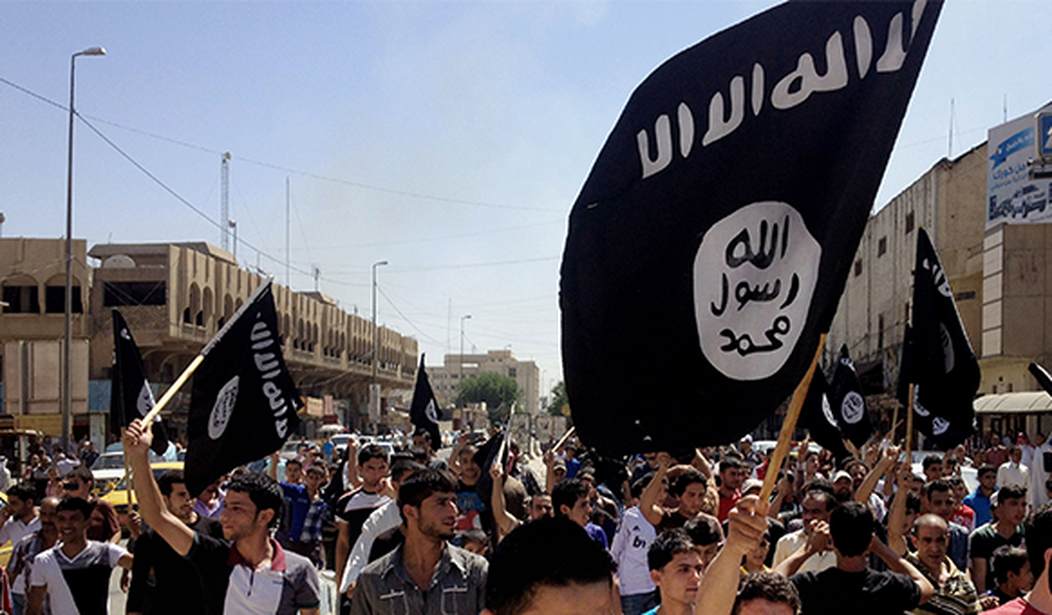In a pre-dawn attack in northwestern Syria, American special forces commandoes, backed by helicopter gunships, armed Reaper drones, and attack jets, assaulted a compound in Syria belonging to Abu Ibrahim al-Hashimi al-Qurayshi, the ISIS terrorist leader who succeeded Abu Bakr al-Baghdadi. The Pentagon announced that al-Qurayshi died when he detonated a bomb at the beginning of the attack killing himself and his family, including children.
“Thanks to the skill and bravery of our armed forces, we have taken off the battlefield Abu Ibrahim al-Hashimi al-Qurayshi — the leader of ISIS,” Mr. Biden said in a statement. “All Americans have returned safely from the operation.”
The raid follows the end of the largest U.S. combat involvement with the Islamic State since the jihadists’ so-called caliphate was destroyed three years ago.
American helicopters ferried the commandos into position after midnight, surrounding a house in Atmeh, a town close to the border with Turkey in rebel-held Idlib Province, according to eyewitnesses, social media reports and the Syrian Observatory for Human Rights, a conflict monitor based in Britain.
A long, tense standoff ensued, with loudspeakers blaring warnings in Arabic for everyone in the house to surrender, neighbors said. After about two hours, the house’s occupants had not emerged and a major battle erupted, with heavy machine gun fire and apparent missile strikes that damaged the house, collapsed some of its walls and blew out its windows.
Another victory for Americahttps://t.co/k4D5ehuuuj
— Salty Grunt (@MichaelHansen2) February 3, 2022
Al-Qurayshi kept an extremely low profile since taking over for al-Baghdadi. Apparently, not low enough.
He had not appeared in public, and rarely released any audio recordings. His influence and day-to-day involvement in the group’s operations was not known and it is difficult to gauge how his death will affect the group.
His killing, however, is a significant blow just as the group had been trying to reassert itself in Syria and Iraq.
ISIS had been trying to reorganize in recent months and they looked to expand their forces considerably by breaking thousands of their members out of prison. The Jan. 20 attack triggered a 10-day battle that spilled into the surrounding streets of Hasakah in northeastern Syria and drew American and British forces back into combat in support of their Kurdish allies.
By the time the fighting was finished and the devastated prison was back in the hands of the Kurdish-led Syrian Democratic Forces, more than 500 people were dead, about three-quarters of them suspected militants, the SDF reported. And scores, maybe hundreds, of prisoners had escaped, free to raise the Islamic State’s black flag and fight again.
So despite being without their putative leader, Abu Ibrahim al-Hashimi al-Qurayshi, the terrorists accomplished exactly what they wanted to. They augmented their forces and gave potential recruits a rallying cry by re-engaging U.S. forces.
ISIS is not done terrorizing the region yet. It would help if the Syrian civil war would end so that ISIS territory could be reclaimed and ISIS terrorists expelled. But ISIS thrives on chaos, and they’re now trying to make their presence known in Afghanistan thanks to the botched U.S. withdrawal.










Join the conversation as a VIP Member